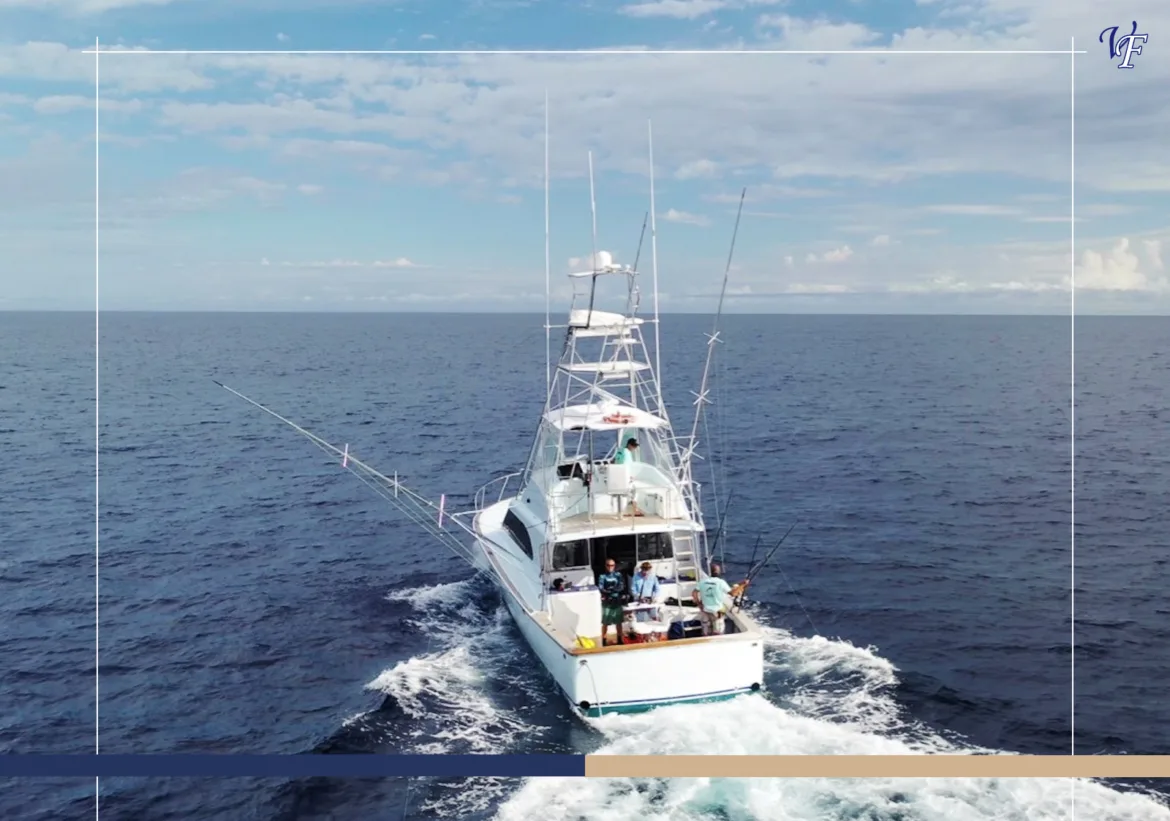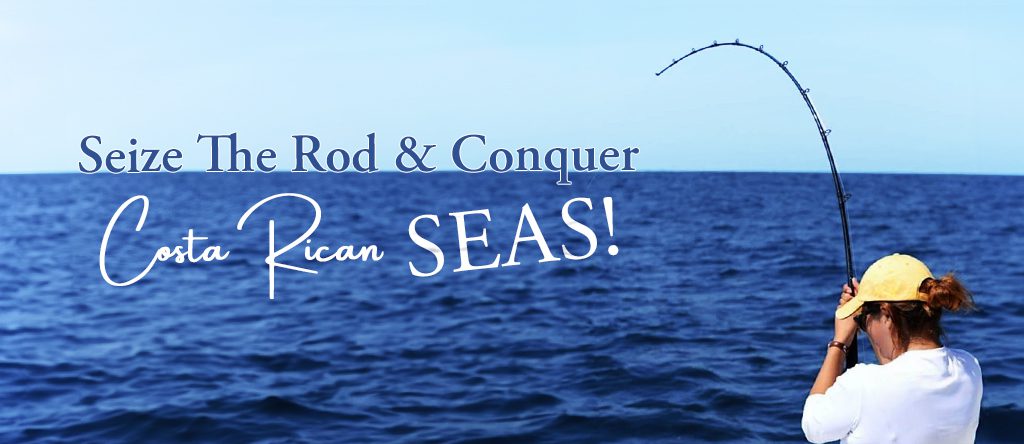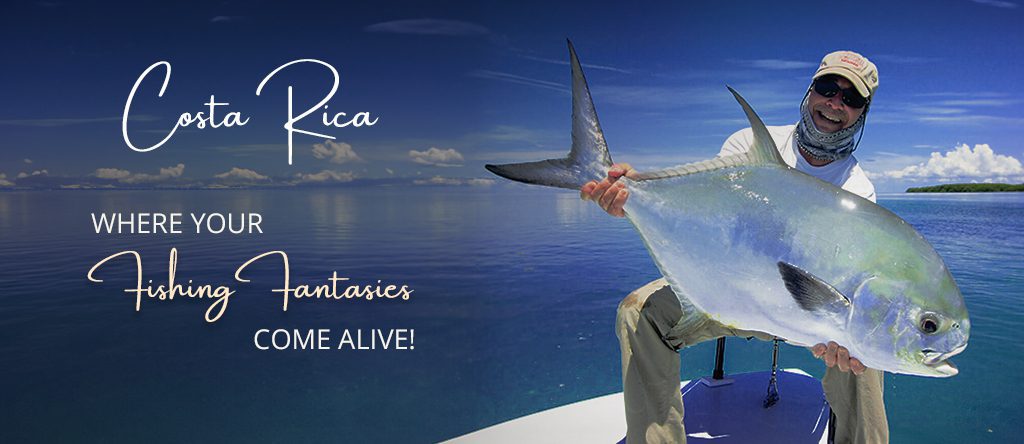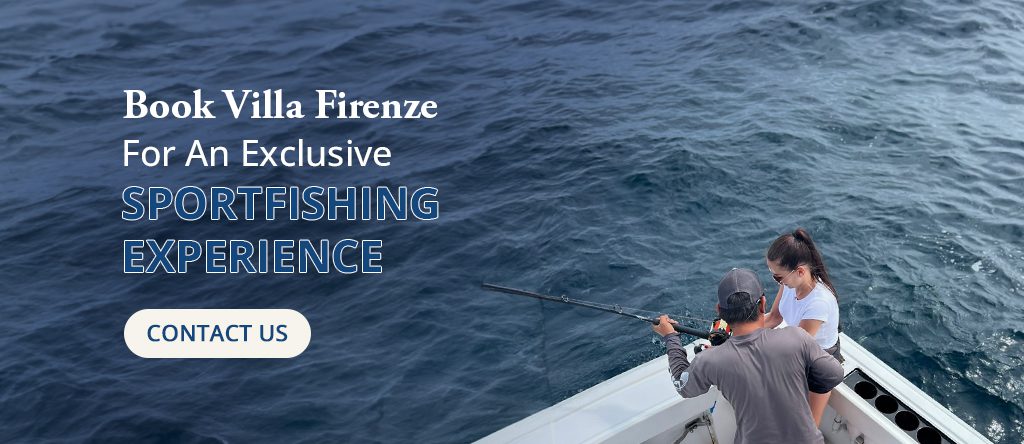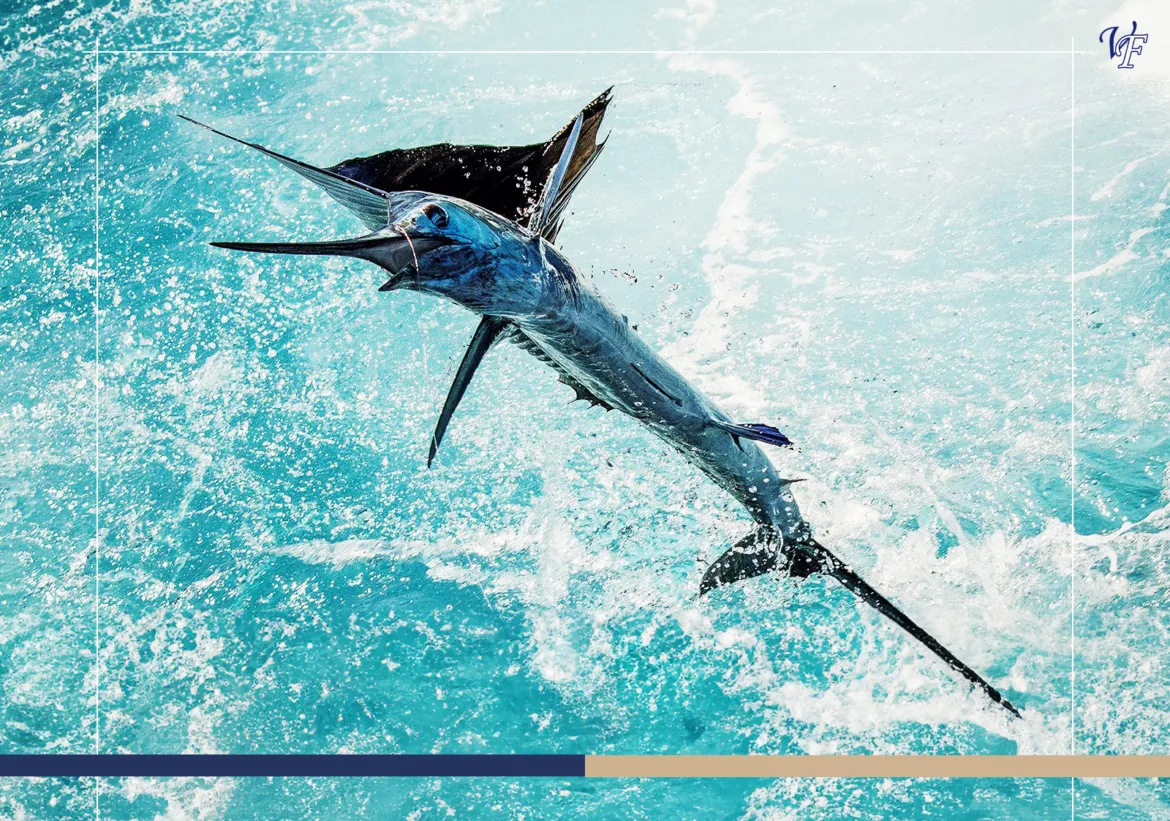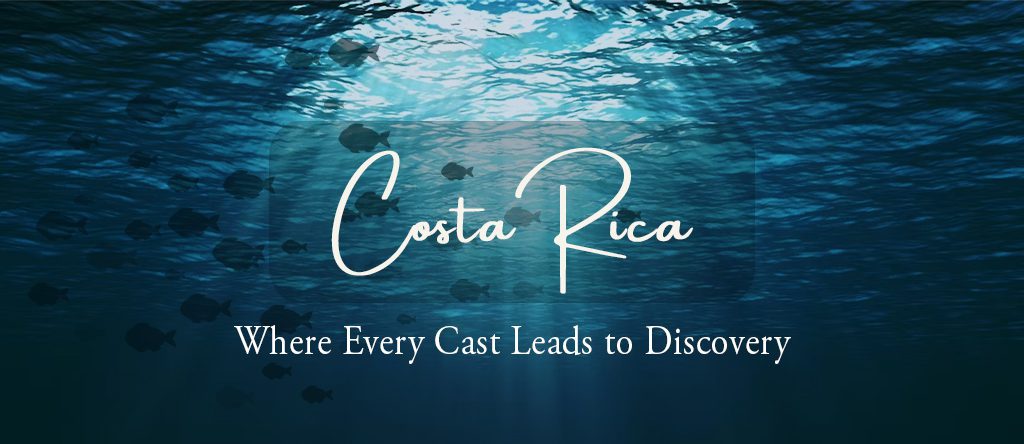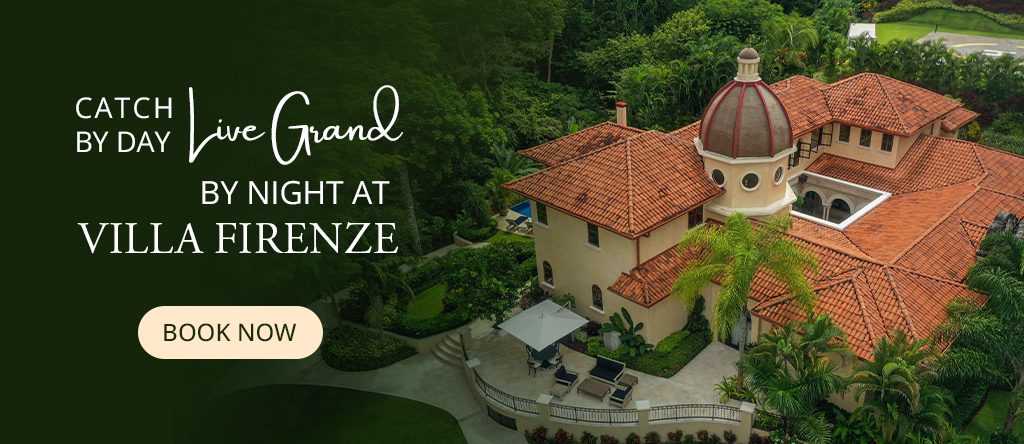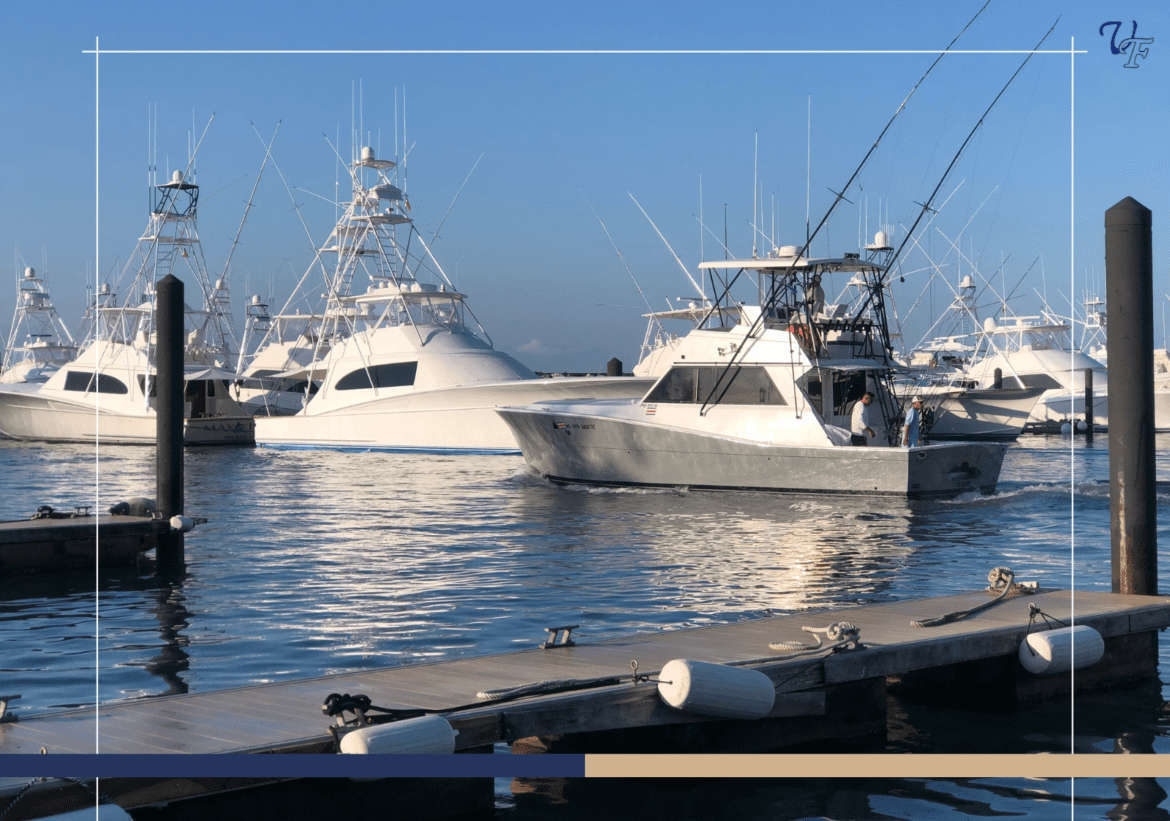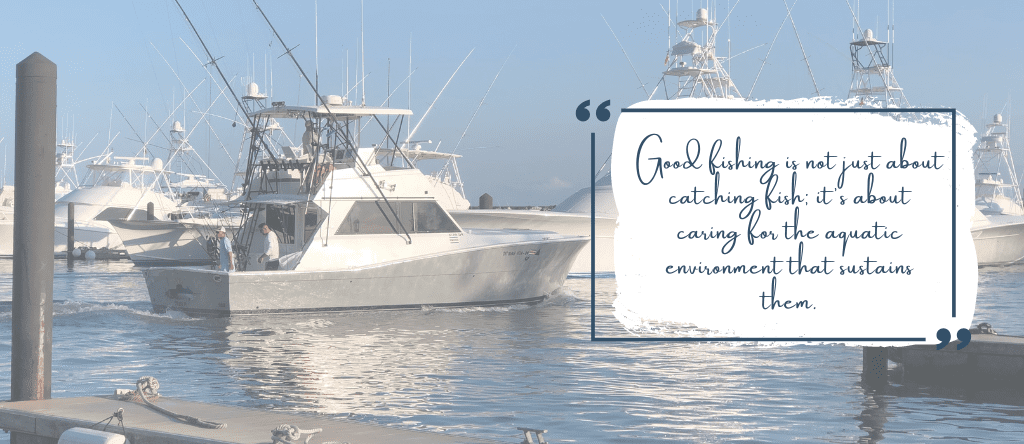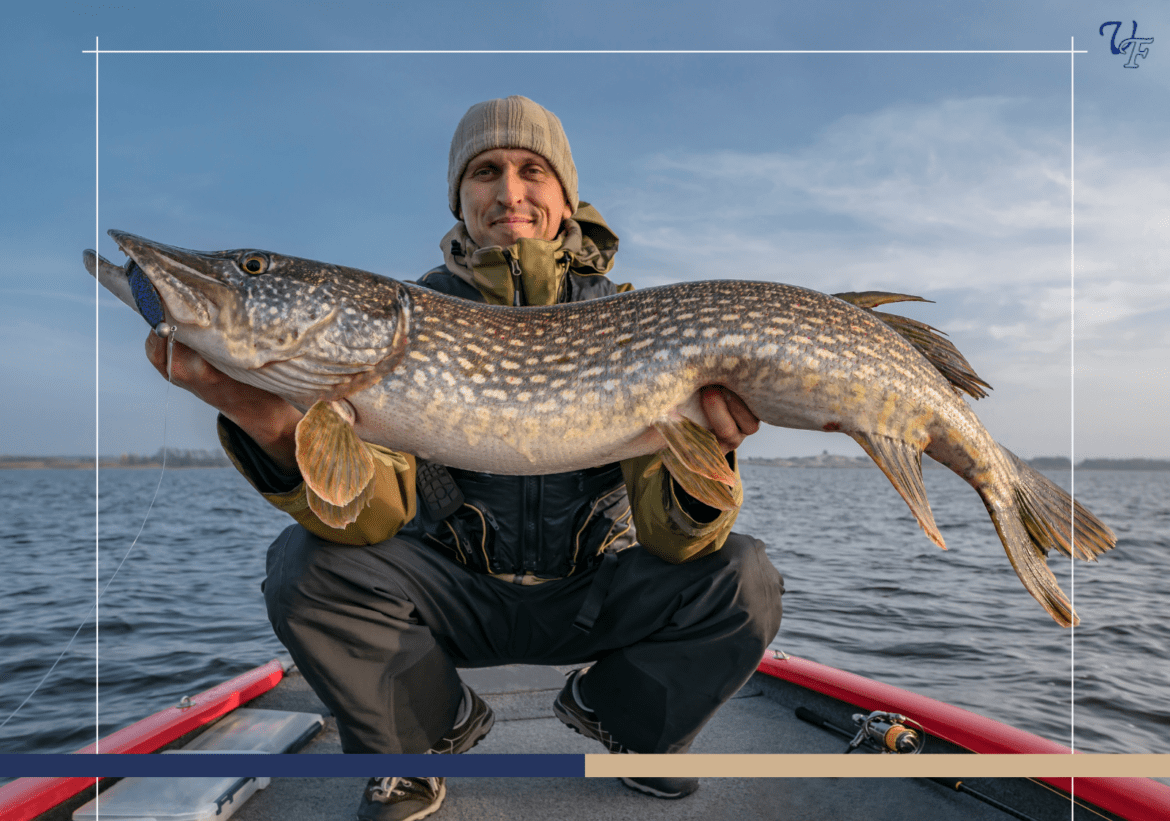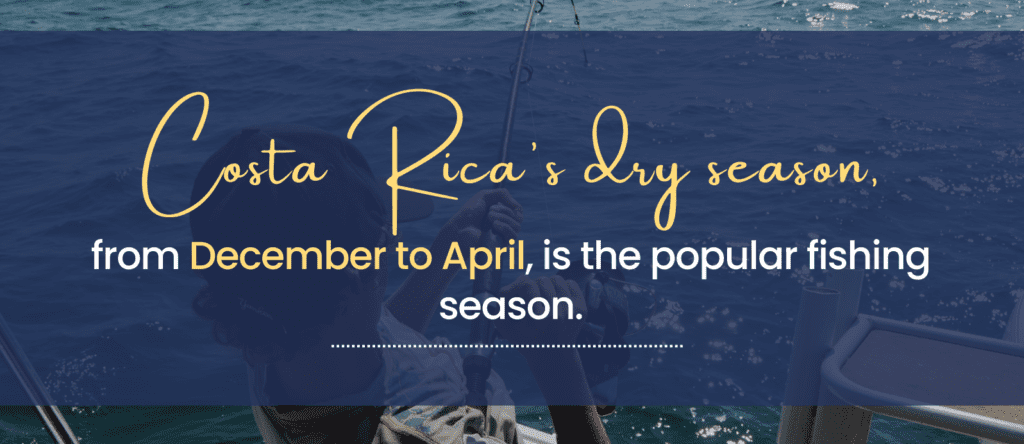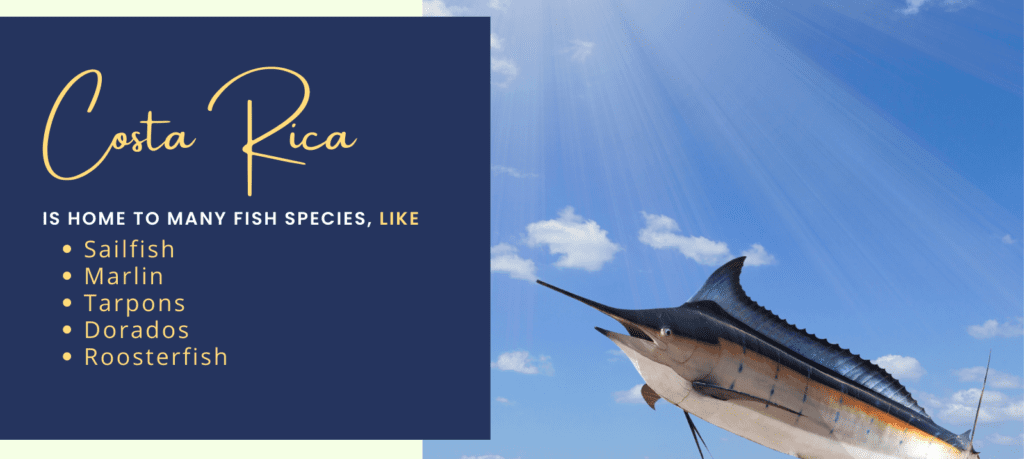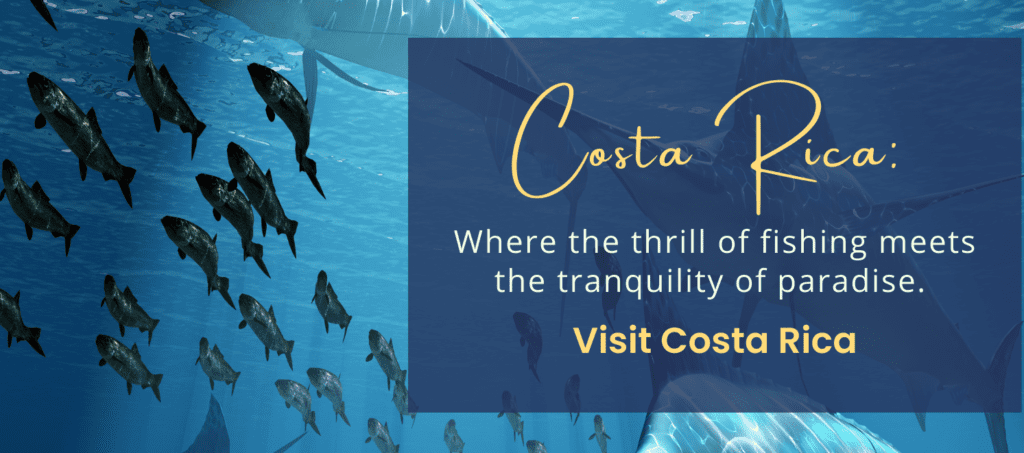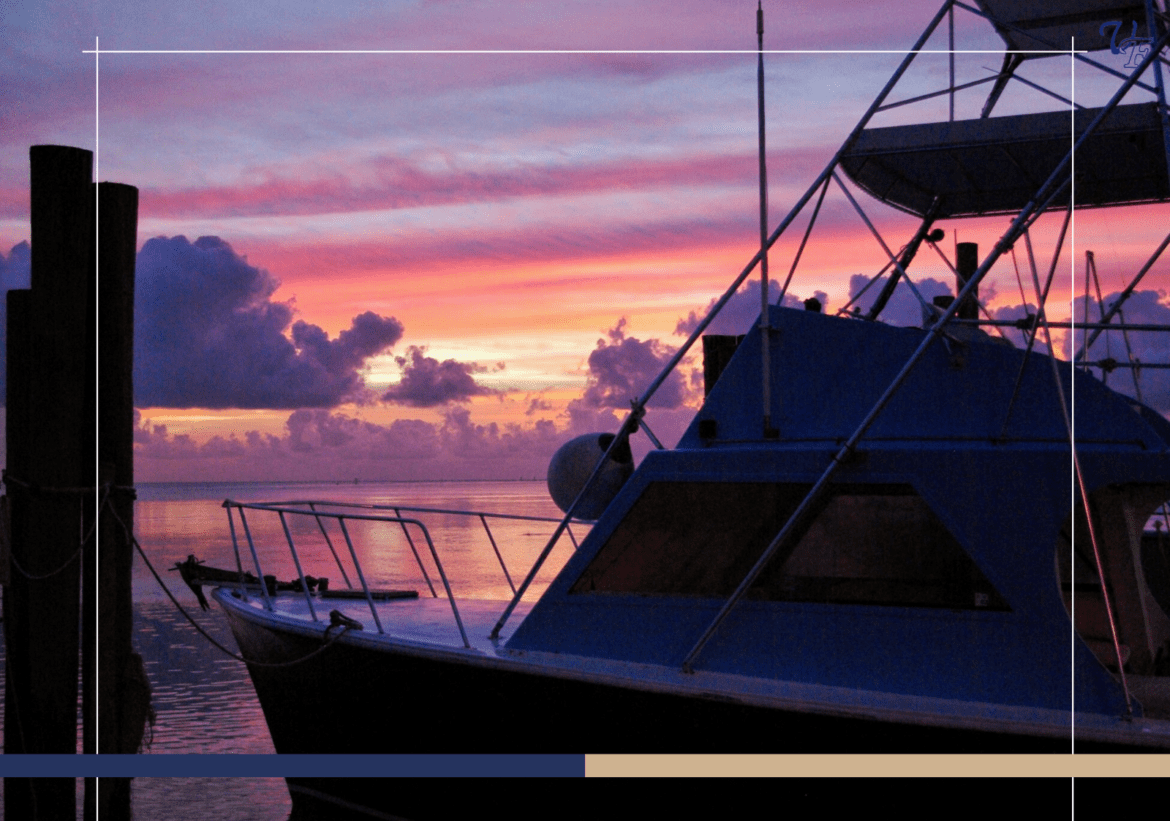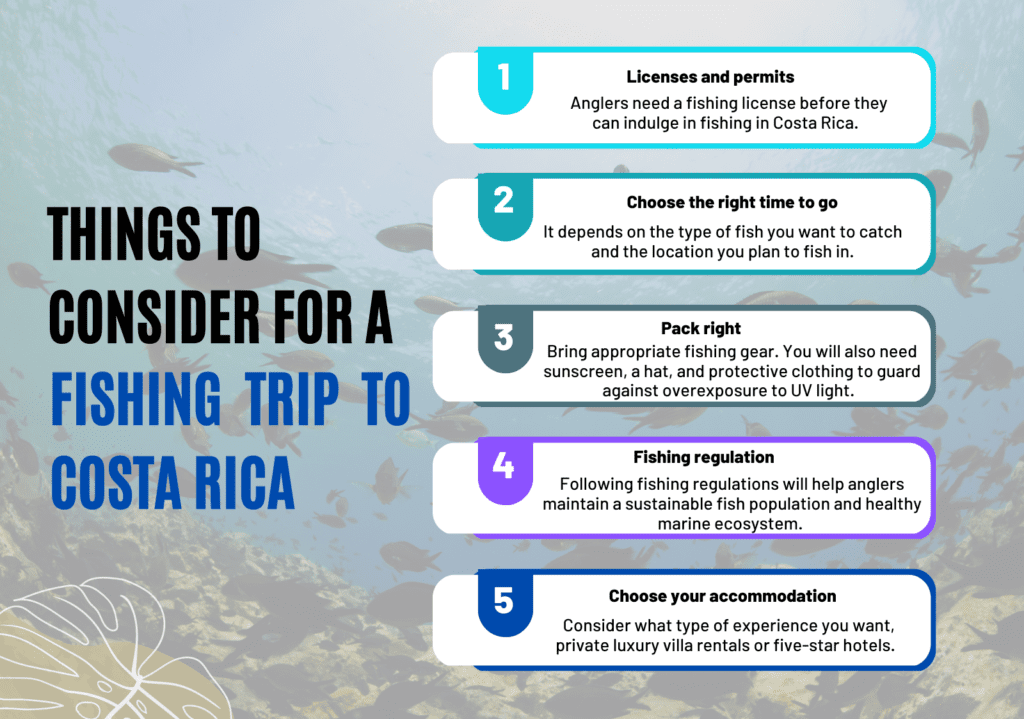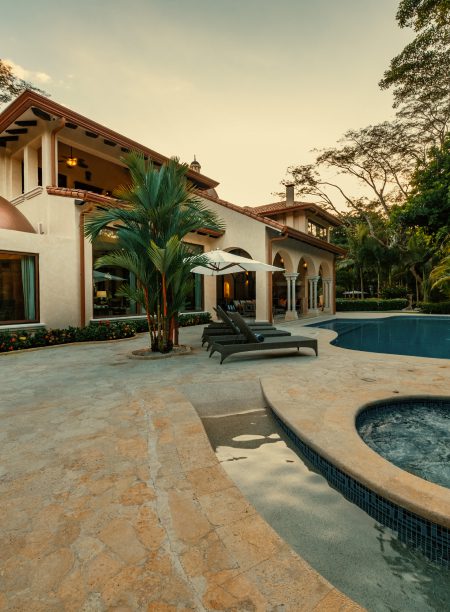With its breathtaking coastline and abundant marine life, Costa Rica stands as an idyllic backdrop for prestigious events like the Ladies Only Tournament.
Renowned for hosting some of the most exciting fishing tournaments, Costa Rica offers a perfect blend of natural beauty and challenging waters. This detailed article delves into the Ladies Only Tournament 2024, a beacon of sportsmanship and empowerment in this vibrant fishing landscape.
This popular sportfishing tournament in Costa Rica isn’t just about fishing; it celebrates the prowess and unity among women anglers, redefining the essence of competition.
Get all the essential details for the 2024 Ladies Only Tournament and make your experience unforgettable.
Tournament Format and Schedule
The Ladies Only Tournament is a highly anticipated event before each leg of the Signature Triple Crown. It is a one-day event meticulously planned to provide intense competition for all participants. The day commences early, with boats allowed to leave the Los Sueños Marina at 6:00 am, ensuring ample preparation time for the official fishing period from 8:00 am to 4:00 pm.
The tournament structure is designed to maximize both fishing opportunities and fair competition. The stringent 7:00 pm deadline for scorecard submissions highlights the importance of adhering to the schedule. This rule underscores the tournament’s commitment to maintaining a level and organized playing field.
This well-defined schedule not only ensures operational efficiency but also enhances the competitive spirit of the tournament, making it a thrilling experience for all participants.
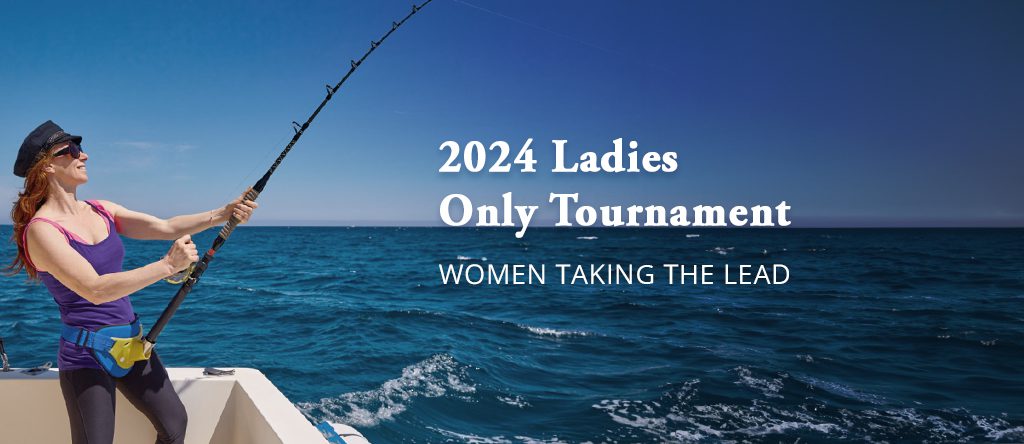
Eligibility and Team Composition
Participating in the ladies fishing tournament is a unique opportunity with specific eligibility requirements. Each team is permitted to have up to four female anglers, fostering a blend of competitiveness and inclusivity. Participation is limited to those associated with Los Sueños Marina or Resort community.
Furthermore, the tournament emphasizes fair play by restricting professional anglers, which is explicitly defined to maintain the amateur spirit of the event.
Fishing Rules and Regulations
The fishing rules and regulations for the 2024 Ladies Only Tournament are crafted to ensure a fair and competitive environment. These include:
- Bait Use: Participants can use dead bait and lures, while live bait is strictly prohibited, aligning with sustainable fishing practices.
- Line Strength: The tournament sets a maximum line strength of 50 lbs. (24 kg), a standard that ensures equality in the fishing gear used by all anglers.
- Leader Specifications: The combined length of the double line and leader must not exceed 40 feet, with the leader not exceeding 30 feet, balancing skill and equipment capabilities.
- Hook Requirements: Anglers must use non-offset circle hooks to promote ethical fishing. J-hooks are permitted only with non-baited lures.
- Rod and Teaser Limitations: Up to six rods and four teasers can be in the water at any time, a rule that helps maintain a controlled and competitive fishing environment.
These regulations are essential in maintaining the tournament’s integrity, ensuring all participants compete under similar conditions.
Scoring System and Point Calculation
The 2024 Ladies Only Tournament scoring system is designed to ensure a fair and strategic competition. Points are awarded based on the species of billfish released. Each sailfish release earns 100 points, while all marlin and spearfish species are valued at 500 points each.
This differentiation in points per species encourages strategic decision-making by the teams, as targeting different game fish species could significantly impact their overall score.
The tournament is dedicated to sustainable fishing practices and conservation. As a result, there is a strong emphasis on releases. This point system plays a crucial role in determining the winners and shapes the competitive strategies of the anglers.
Legal and Ethical Compliance
The women’s fishing tournament is firmly committed to legal and ethical compliance, emphasizing sustainable fishing practices and adherence to international fishing rules.
This commitment includes strict adherence to Costa Rican laws and IGFA (International Game Fish Association) regulations. All participants, including anglers, captains, and crew, must abide by these rules, ensuring not only fair competition but also the protection and preservation of marine life.
In addition to emphasizing sustainable practices and adherence to international rules, the tournament also requires compliance with Costa Rican federal legislation. Participants must possess all necessary permits and licenses for legal fishing in Costa Rican waters. This adherence to local and international laws ensures a responsible and ethical approach to sportfishing and upholds the tournament’s reputation for integrity and environmental stewardship.
Awards and Recognition
This lady angler fishing tournament celebrates competitive sportfishing and recognizes individual and team achievements. Awards and recognition are an integral part of the event, with trophies awarded to the top three boats based on their overall billfish release points. These awards recognize the skill, strategy, and effort the anglers and their teams put forth. The tournament also honors the top female angler, adding a special accolade for individual excellence. .
To know the Ladies Only Tournament in detail, refer to https://signaturetriplecrown.com/ladies-only-tournament/.
Other Essential Things to Keep in Mind
As you prepare for your fishing adventure, guided by a seasoned Costa Rica fishing guide, there are several crucial aspects beyond just the thrill of the catch. These are some additional key considerations to a successful and enriching experience. Remembering these points ensures your fishing journey is enjoyable, responsible, and sustainable.
1. Mandatory Tournament Meetings and Rule Updates: Participants should be aware of the mandatory tournament meetings scheduled for Monday before each leg of the tournament. These meetings are crucial as they address any updates or changes to the tournament rules, ensuring that all competitors are informed and prepared.
2. Observers and Official Timekeeping: Each fishing boat will be assigned an observer responsible for keeping the official time aligned with GPS time. Observers play a pivotal role in the tournament, especially in calling lines out and accurately recording the time of fish releases, which are critical for scoring and resolving ties.
3. Fishing Boundaries: Anglers should know the defined fishing boundaries: a 50-mile radius from Herradura Bay. This boundary is essential for the eligibility of catches, and understanding these limits is crucial for strategy and compliance.
4. Angler Registration and Professional Criteria: Registration of all anglers and crew must be completed virtually by the specified deadline, with a clear distinction between amateur and professional anglers. The tournament sets specific criteria to define an experienced angler, aiming to maintain an amateur competitive environment.
5. Observer Qualifications and Responsibilities: Observers, crucial for the integrity of the competition, must be certified (IGFA, IGFTO, or LSOCP). They are tasked with attending pre-tournament meetings, being actively involved in boat assignments, and verifying catches.
6. Boat Requirements and Substitution Policy: Participating boats must meet specific requirements, including adequate toilets. In case of mechanical failure, the tournament allows for boat substitutions, ensuring continuous and fair participation.
7. Compliance with Federal Legislation: All participants must adhere to laws and have the necessary permits, licenses, and registrations for legal fishing in tropical waters. This adherence is crucial for ethical and legal compliance in the tournament.
8. Location of Tournament Control: The central hub for tournament operations, including the committee boat, is located within Los Sueños Resort and Marina. This location is key for communications and logistics during the tournament.
9. Hook-up Protocol: The tournament enforces specific rules for the hook-up process to maintain fairness. Once a fish is hooked, the rod cannot be transferred to another angler, and all catches must be made without assistance, emphasizing individual skill.
10. Catch Reporting Procedures: A standardized radio communication protocol is in place for reporting catches to Tournament Control. This system is designed to manage and record catches efficiently, vital for scoring and tournament integrity.
11. Catch Verification and Dispute Resolution: Observers play a crucial role in verifying catches. In case of disputes regarding the species of fish caught, the tournament has set procedures involving the observer’s ruling and potential photo/video evidence.
12. Tiebreaker Rules: In the event of a tie, the tournament uses the time of release as the deciding factor. Understanding this rule is vital for competitors, as it can influence strategic decisions during the competition.
13. Protest Filing and Investigation: The tournament allows for protests to be filed under specific conditions, including a deadline and a filing fee. The process for investigating these protests is transparent and rigorous, ensuring fairness and integrity.
14. Arbitration for Disputes: Disputes related to tournament rules are subject to arbitration in accordance with Costa Rican law. This process provides a structured legal framework for resolving conflicts and upholding the tournament’s standards and decisions.
To learn more about the tournament or register for other fishing tournaments, visit https://signaturetriplecrown.com/.
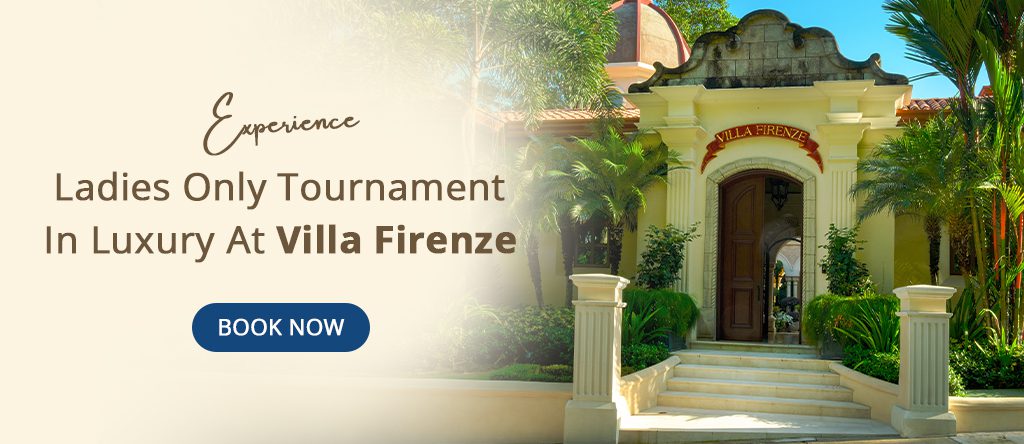
The Final Wrap-up
As we look forward to the fishing tournaments in Costa Rica 2024, it’s clear that events like the Ladies Only Tournament are a cornerstone of what Costa Rica is known for.
Selecting a suitable accommodation is crucial to experiencing these aquatic adventures fully. Villa Firenze is an all-inclusive luxury villa on the Pacific Coast of Costa Rica. It offers guests the perfect blend of comfort and convenience. It integrates the essence of Costa Rican fishing into your stay with a one-day fishing charter. This makes it ideal for those seeking a comprehensive fishing vacation experience surrounded by luxury, relaxation, and tropical beauty.
Ideal for those crafting a 10-day Costa Rica itinerary, Villa Firenze ensures your fishing vacation is immersed in luxury, relaxation, and tropical allure.
So, are you all for your next vacation in Costa Rica? Choose to explore the vibrant country with a comprehensive guide on Costa Rica tours to turn your trip into an extraordinary journey, making every moment unforgettable.



